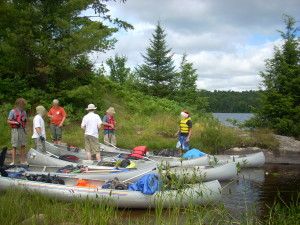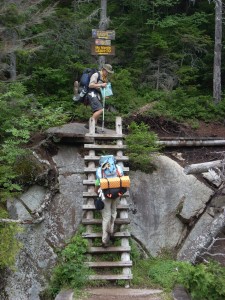Priest and Gass, in “Effective Leadership in Adventure Programming” 2005, pp. 126-127, confirm the point that the health of the participants is the paramount concern during an outdoor activity from the standpoint of risk management.
From the standpoint of risk management, Priest and Gass state that the following points should be addressed during the activity:

- Continually monitoring weather, terrain, route, and participants’ locations, morale, body temperature, and energy.
- Conduct on-going danger assessment and accident analysis.
- Scout and examine potential dangers to be encountered.
- Brief participants (adults and youth) on impending dangers.
- Anticipate inappropriate actions.
- Conduct frequent headcounts, particularly when on trails, open water, in caves, down rivers, mountain slopes.
- Discuss what to do in the event of emergencies, and what type may arise.
- Discuss how a route may be marked, and review on maps.

- Monitor, and address, fatigue.
- Use the buddy system as appropriate.
- Pace the group by traveling at the speed of slower participants.
- Ensure that sufficient rest intervals are provided to recover breath, permit snacking, adjust clothing, permit drinking, discuss prior leg as well as next leg, view scenery, count participants, check gear.
- Perform a site check for people and gear before leaving one site for another.
- Possibly break large groups into smaller, more manageable, groups.
- Use scout and sweep personnel to monitor participants.
- Stop at trail intersections or places of possible confusion, and count heads before continuing.
- Leaders can observe with advantage from the middle of the group, noting group interactions, fatigue or temperature issues, enabling better supervision upon encountering difficult obstacles, while permitting ease of travel both to the front and the rear of the group.
Good reminders all!
Action steps to take during an outdoor activity
